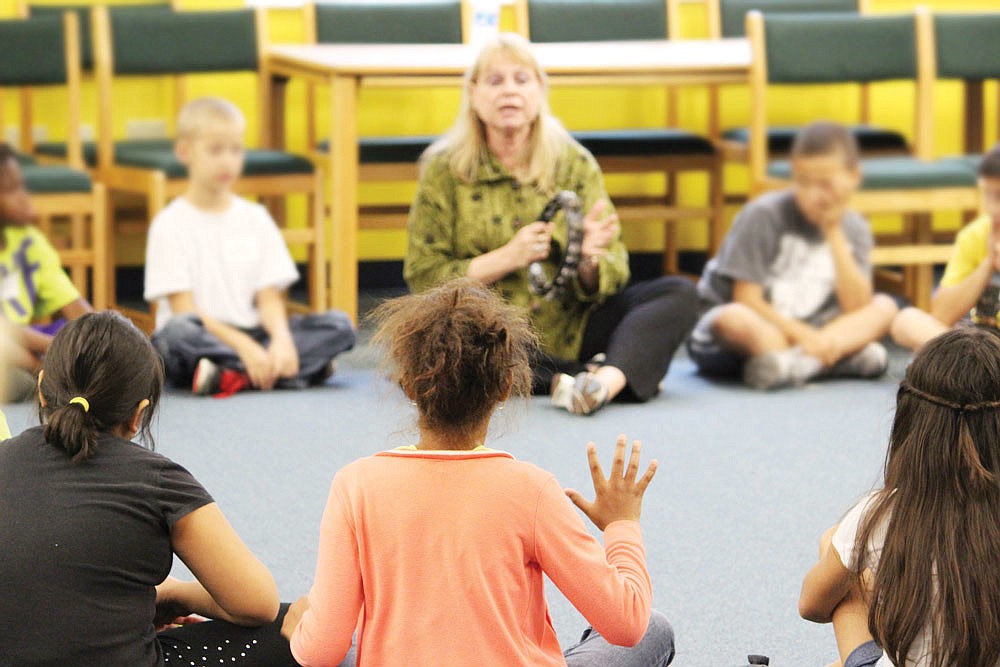- November 25, 2024
-
-
Loading

Loading

This year, the Sarasota County Schools system is fostering creativity even more. Venice Middle and Woodland Middle offer new orchestra programs. Heron Creek Middle has a new chorus. In October, 2,000 third-grade students will see Sarasota Ballet’s production of “The Secret Garden.” And Sarasota County Schools’ fourth-grade students will take a field trip to The Ringling.
All these occurrences are happening through Any Given Child Sarasota. It’s a program that ensures arts education for kindergarten through eighth-grade students and is one of 14 similar programs around the nation.
Cities apply for the partnership program with The Kennedy Center, which provides professional guidance, strategic planning and resources but no financial assistance. Sarasota’s program funding comes from arts organizations and places such as the Community Foundation of Sarasota County and Gulf Coast Community Foundation. Brian Hersh, based out of the Sarasota County Schools headquarters at The Landings, runs Any Given Child in Sarasota.
When Any Given Child came to Sarasota in 2011, Hersh was on the community arts team to help shape the vision and goals of the program. He’s a well-suited advocate for arts education: He’s the former Asolo Rep education and outreach director and before that worked with education programs at Lincoln Center in New York. He started the job in May 2013. He explains the three ways in which the program is working.
Equal opportunities through arts programs
When Hersh first evaluated the county’s art programs, he noticed Venice High School had an orchestra, but the middle school didn’t.
“You can’t just all the sudden start in high school,” he says. “They have to be sequential.”
His goal is to have every arts discipline represented at every school.
 Equal opportunities of cultural experiences
Equal opportunities of cultural experiences
Hersh explains that 52% of Sarasota students are on free and reduced lunches — a program students can qualify for based on family income.
Hersh says students from lower-income families might not get the opportunity to see cultural events with their parents, due to expense. These cultural experiences (i.e. seeing an opera, ballet, orchestra performance or the museum) need to happen during the day.
Hersh hopes that within three years, every grade will have its own cultural experience so students can have at least one cultural experience per year.
Arts integration
Arts integration means learning two disciplines simultaneously. For instance, Kennedy Center teaching artist Eric Johnson led a workshop to county dance teachers in how to teach fractions or percentages using their bodies, which they will apply in the classroom.
That’s another thing Any Given Child does — through a partnership with the Van Wezel, 125 teachers are signed up for a series of workshops on arts integration.
In addition to that, Any Given Child sends educators to conferences. For instance, Brentwood Elementary Principal John Weida, one of his teachers and his newly hired arts-integration coordinator will attend an Arts Integration Conference June 23 through June 25, at The Kennedy Center.
Importance of art
But why promote arts in the schools in the first place?
“That’s the big question,” Hersh says.
Aside from being proven to keep kids in school, that children are more likely to succeed in school, which brings them success later in life. Art also helps with critical thinking, which makes learning more enjoyable.
“Art makes the classroom an exciting place students want to go to school, and we can’t overlook that,” Hersh says.